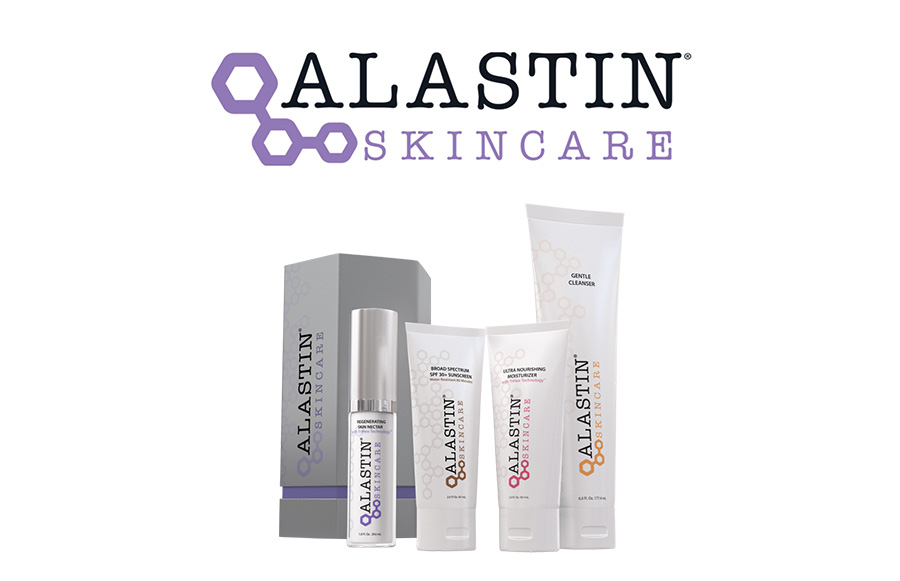Serving Beverly Hills, Los Angeles, Santa Barbara and surrounding areas
A laser is a high-energy beam of light that can selectively transfer its energy into tissue to treat the skin. Lasers contain a material that produces and amplifies light. Two mirrors cause the light to reflect back and forth through this material. The result is a light beam that is collimated (accurately parallel) and intense and that can be focused to transmit the light on to a very small area.
The word laser is an acronym, which stands for light amplification by stimulated emission of radiation. In simpler terms, a laser is a single-wavelength (one color of light) source of high-energy light, which can be accurately focused to transmit that light on to a very small area.
There are two basic types of lasers used for cosmetic purposes: ablative and nonablative. Ablative lasers actually vaporize the top layers of damaged skin, while nonablative lasers work deeper in the skin without removing or otherwise damaging the top layers. For this reason, there is no real patient downtime associated with cosmetic procedures that employ solely nonablative laser technology.
Laser treatments can be used for a variety of cosmetic surgery procedures, including:
- Fine Lines and Wrinkles: For treating lines and wrinkles, a combination of skin resurfacing and skin-tightening procedures can be done with laser technology.
- Skin Tightening: Cosmetic laser procedures can be used for skin tightening, because they produce a controlled injury to the skin, which encourages increased collagen production.
- Pigmented Lesions: These include sunspots, age spots, melasma (dark pigmentation of the face, most commonly seen on the cheeks, bridge of the nose, forehead and upper lip and caused by extreme hormone fluctuations, especially in pregnancy), and other forms of hyperpigmentation.
- Precancerous Lesions: Almost all surgeons agree that cancerous lesions should be removed via surgical excision to ensure clear borders and complete removal. However, for removing precancerous growths, such as actinic keratosis, before they have a chance to become malignant, lasers are now routinely being used as a preventative measure.
- Vascular Lesions: Vascular lesions include broken blood vessels on the face, unsightly veins on the legs (spider veins) and certain birth marks such as port wine stains.
- Hair Removal: The success and safety of laser hair removal is highly dependent on the pigment present in both the skin and the hair of the patient being treated.
- Acne and Acne Scars
- Laser resurfacing: This is a very controlled procedure in which a laser creates microscopic injury to targeted layers of facial skin. It not only removes wrinkles and lines caused by sun damage and facial expressions, as well as acne scars, some folds and creases around the nose and mouth, and even pre-cancerous and benign superficial growths. In a sense, the laser procedure creates a fresh surface over which new skin can grow.
<p
Understanding the Procedure
The laser essentially works as a “light scalpel.” The tissue is left sterile, and bleeding is greatly reduced. For example, when the laser is used to treat port-wine stains, no cuts are made. The laser energy penetrates through the skin to shrink the abnormal blood vessels that are the cause of these marks.
Laser technology for cosmetic purposes offers several advantages.
- Lasers can cut through tissue without causing excessive bleeding. In fact, they actually coagulate tissue to stop bleeding — something a scalpel can’t do.
- For many internal procedures, surgeons can get the laser’s energy to reach areas within the body more easily than with a scalpel. The wavelengths of the laser light allow surgeons to use the device selectively on very specific types of tissues, such as port wine stains or hair follicles, without affecting nearby tissue.
- Laser treatment actually results in the formation of more youthful collagen. Collagen is the principal protein of the skin, tendons, cartilage, bone and connective tissue. It is a key fibrous protein in the skin’s connective tissue, and it helps give the skin its texture. Natural aging and such factors as sun damage and smoking help break down the collagen layer so that the skin’s once smooth surface develops wrinkles.
Dr. Moradzadeh is an expert in all areas of laser cosmetic treatment. A variety of treatments are available depending on your needs.


